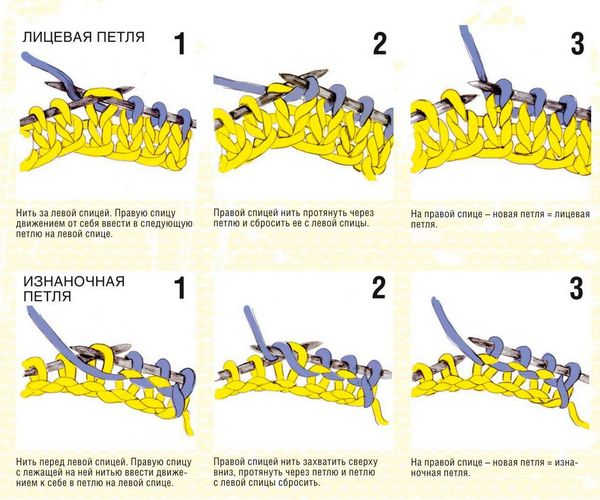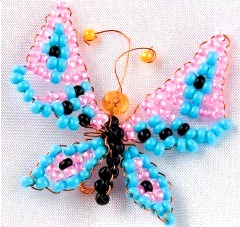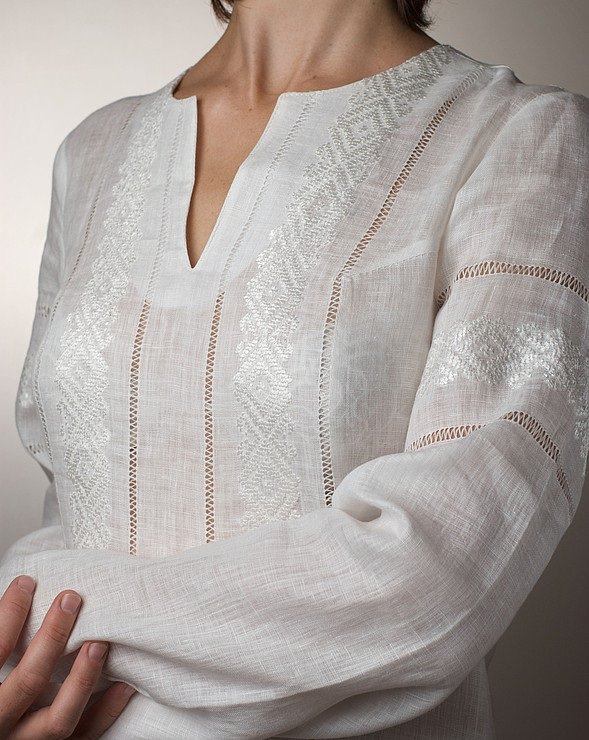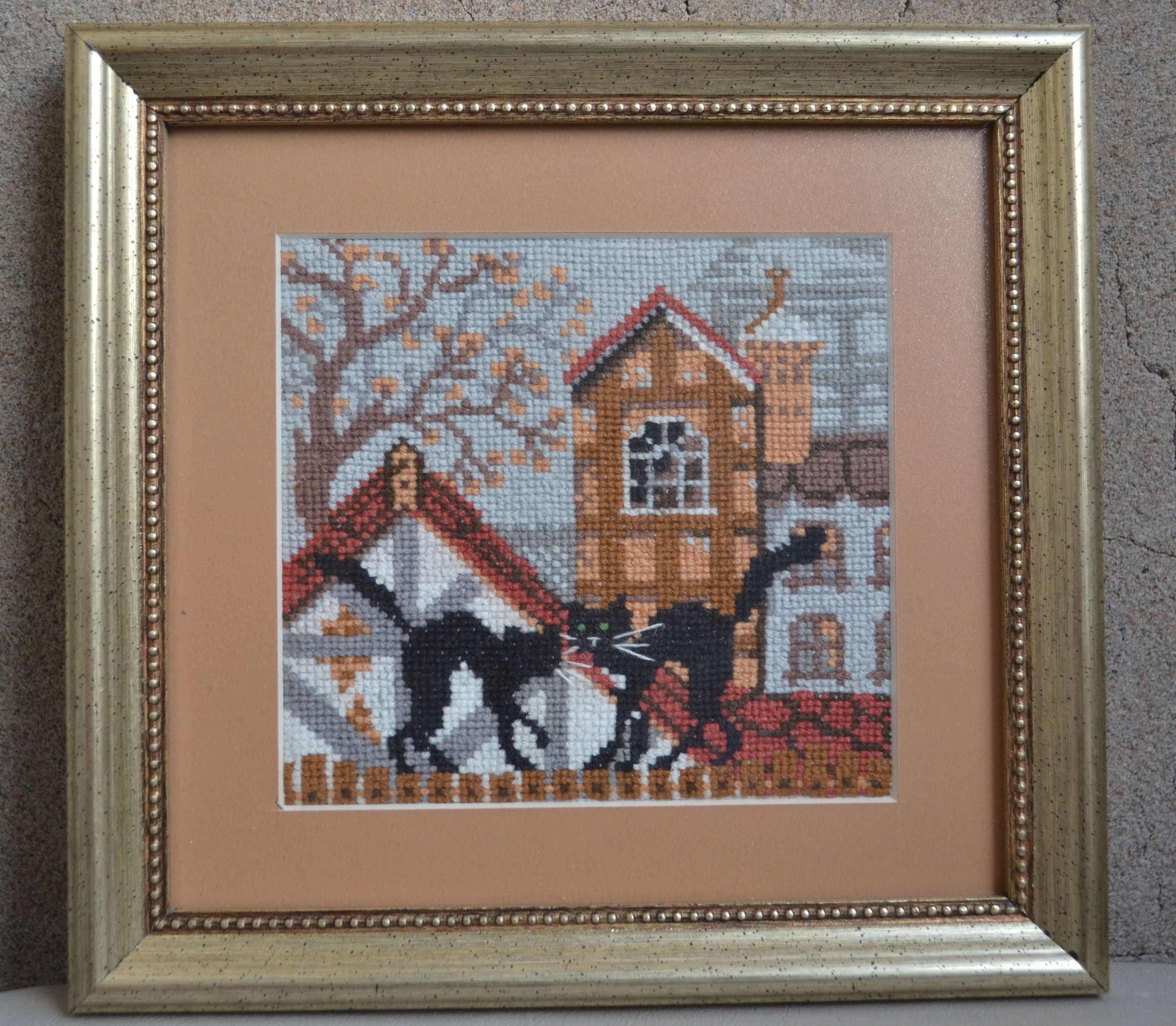
Embroidery history and the development of needlework (video)
Content
- The emergence and development of embroidery
- The all-powerful amulet
- History of cross stitch
- Church embroidery
- Saint Barbara - patroness of embroiderers
- Poems about embroidery
- Video: history of cross and gold embroidery
Every good deed has its own history. Semantic beauty is the deepest root. This is a regularity, because it encoded the whole world, its vision and comprehension, the connection of man with the miracles surrounding him. And for our ancestors, everything was a miracle: sunrise and sunset, a change of day and night, rain and snow, a warm breeze and a riotous wind. To each phenomenon they attributed special forces. To the good - they turned for help, from the evil - they defended themselves. And that this help was more effective, they encrypted it into bright symbols. So was born the embroidery and the process of embroidery.
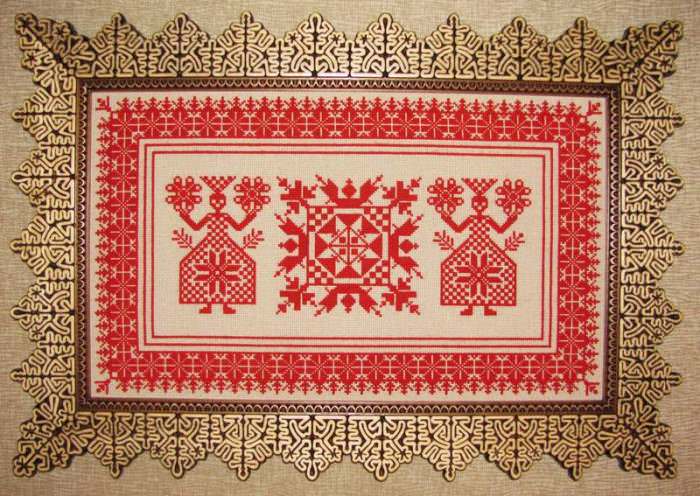
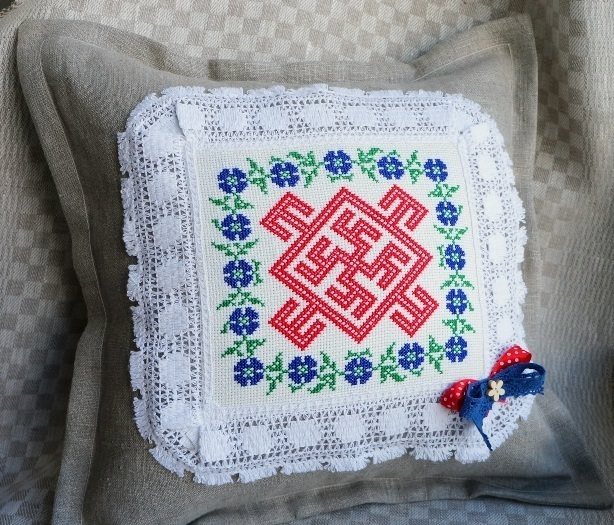
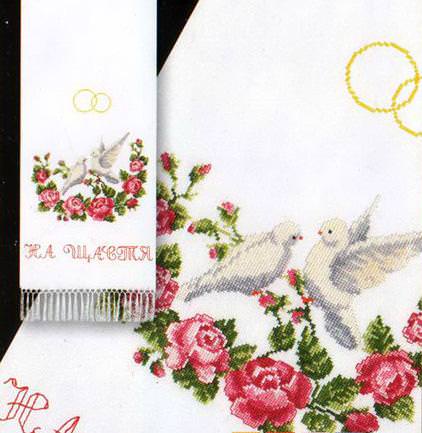
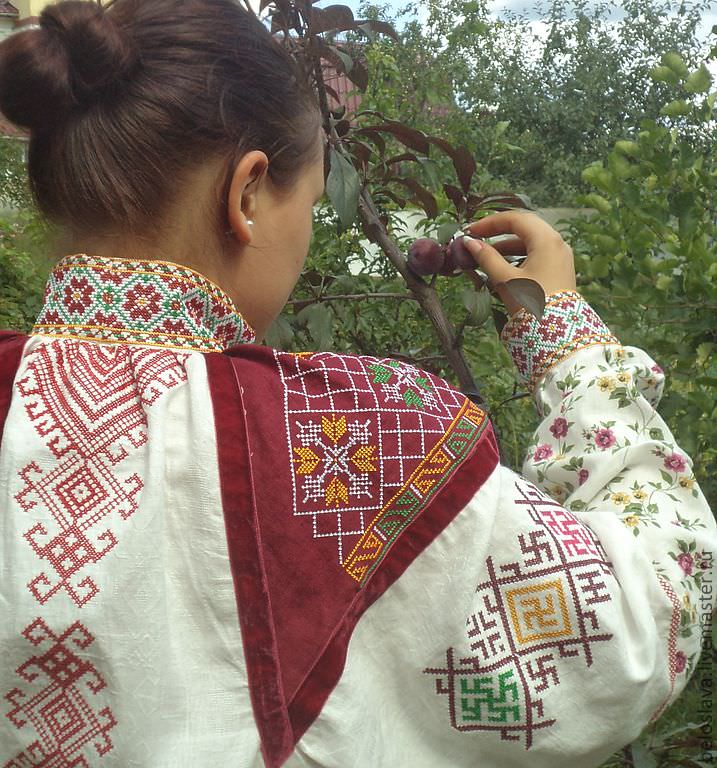
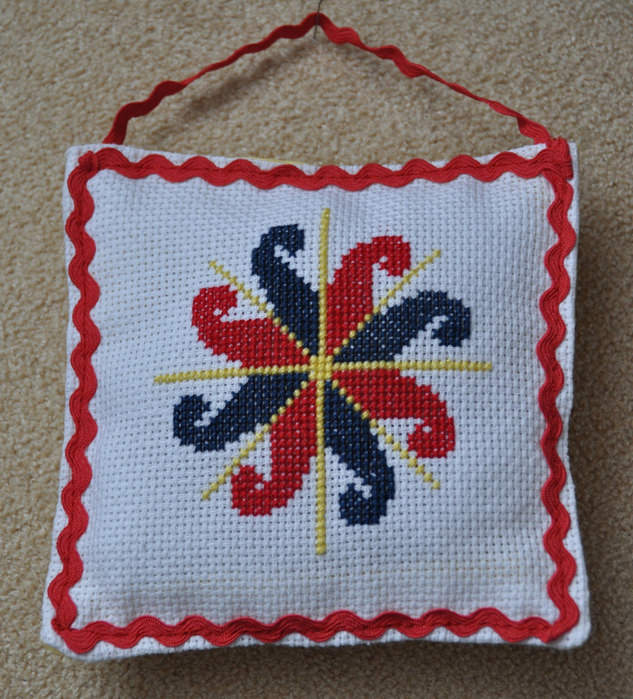
The emergence and development of embroidery
When exactly was it? The history of the appearance of embroidery is silent. And it does not matter now, when a person first thought about the idea of inserting into the holes of a fish bone, or the bones of a small gnawed animal, a strong herbaceous fiber of a curling plant or twisted hair in the fingers. The main thing is another - the originality of embroidery and today excites minds, and its history is endless. Evidence of this - today's bowed heads over the hoop and canvas and ancient finds, with elements of embroidery. Here, for example, perfectly preserved parts of the magnificent decoration that are found on the territory of ancient China - gold and hair threads on the finest silk. This embroidered artifact, created in the 4th-5th centuries BC, still amazes with its grace. And what about the clothes of a rich Sarmatian that was found in the Sokolovskaya grave of the Mykolaiv region! Purple embroidery on gold embroidery came to us from the first century of our era. And the outfit of the buried man from the Martynovsky treasure, embroidered with a wide geometric ornament on the breast of his posthumous decoration - VI century ...
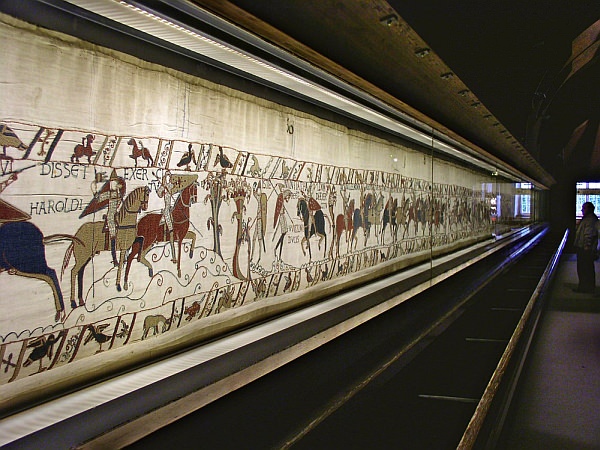
Seventy-meter "Carpet from Bayeux" Came to us andWitnesses to the art of embroiderers of the Middle Ages. One of the most famous is the seventy-meter "Carpet of Bayeux," featuring many different animals, ceremonial buildings, warriors with full ammunition, ships. This monumental canvas was embroidered somewhere in the late 11th-early 12th centuries, and it has survived to this day! Another elegant piece of skilful embroidery, known from the 15th century, is a carpet, with a stunningly vivid image of the Kremlin's religious processions, embroidered by the wife of the Moscow autocrat Ivan III, Elena Voloshanka (Moldavanka). She was the daughter of Stefan the Great - the Moldavian sovereign and the princess of Kiev Evdokia Olelkovich (and ethnographers say that she became the prototype of the fairy-tale Helena the Wise or the Beautiful - the beauty and the masteress that Tsar Ivan brought to his capital from the far-away kingdom of the distant state). Truly royal work, which for many centuries adorns the walls of the monastery of Russian autocrats.
What can I say, even in the book of books - the Bible -Mention of embroidery! And in the 22nd and 24th verses of the 38th chapter of the Exodus, you can learn in detail how the son of Uriah - Veselil of the tribe (kind) of Judah, and the descendant of the tribe of Dan - Aholiab made noble chitons, headbands and lower ones for the nobility Dresses made of fine linen and embroidered with blue, gold, purple threads. In the sacred scripture it is said that Aholiab skillfully possessed the skill of the embroiderer. Embroidery has always been in honor and equated with the matter of fine art!
The all-powerful amulet

Mokosh (Makosh) is an ancient Slavic goddess of fate,Fertility and family hearth, she runs such a craft as spinning. If in the same China, where the most ancient witnesses of skillful possession of the needle were found, embroidery was allowed only to the elite, and expensive embroidered clothes were worn only by the richest and noblest, in Russia every girl did His first stitch in three years. Embroidery was not for her playing, as it was not work, it was an opportunity to declare his wants and hopes to those who were worshiped by our ancestors. With the increase in the skill of the girl, the strength of the message that the Slavs addressed to their patrons and defenders - the Higher Powers - also increased. Each stroke on the canvas was sacred, because they were based on important rituals, beliefs and customs. Embroidered patterns for our ancestors were a kind of pentagram, where in every symbol there is a whole story. So, for example, depicting a diamond with a dot in the middle, the embroideress turned to Mokoshi, the female deity, the Goddess of Fate, which symbolized unity with the ancestors, prosperity, land, home comfort and prosperity. Embroidering an eight-pointed star, they turned to Oka Rod. The importance and importance of the amulet were the strongest, because it consisted of the will and mercy of the Supreme, which he is in power to give, both to the living and not to the living. And the more skillfully the embroideress portrayed what she wanted, the more gracious she was to be to her, and the bearer of her embroidery was higher powers.
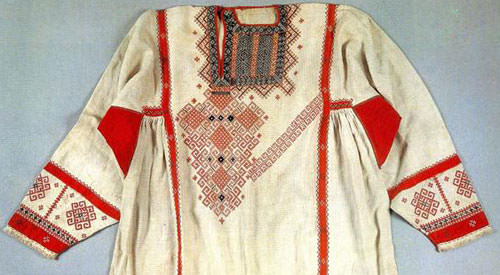
Ancient Slavic embroidery embroidery on clothes. But,Perhaps the most powerful amulet was the cross-stitch. Cross - symbolized the strength of the four elements, stretched in a defensive hand gesture, opposition to the dark forces, female love and the masculine. Skillful craftsman knew how to properly embroider a cross, so that fate was supportive. Each movement of the embroiderer had a definite meaning. The first stitch was necessarily superimposed to the left, revealing the feminine principle, the mother's protective energetics, the second - to the right, invoking male power. And if the embroiderer wanted to create not just a strong, but a powerful amulet, she tried to do all the work at once - in the interval from sunrise to sunset. It was believed that even the most black magic could not break through such pure protection. Our ancestors attached very great importance to the slightest nuances. Embroidery was for them not a simple craft for the sake of pleasure and rest.
History of cross stitch
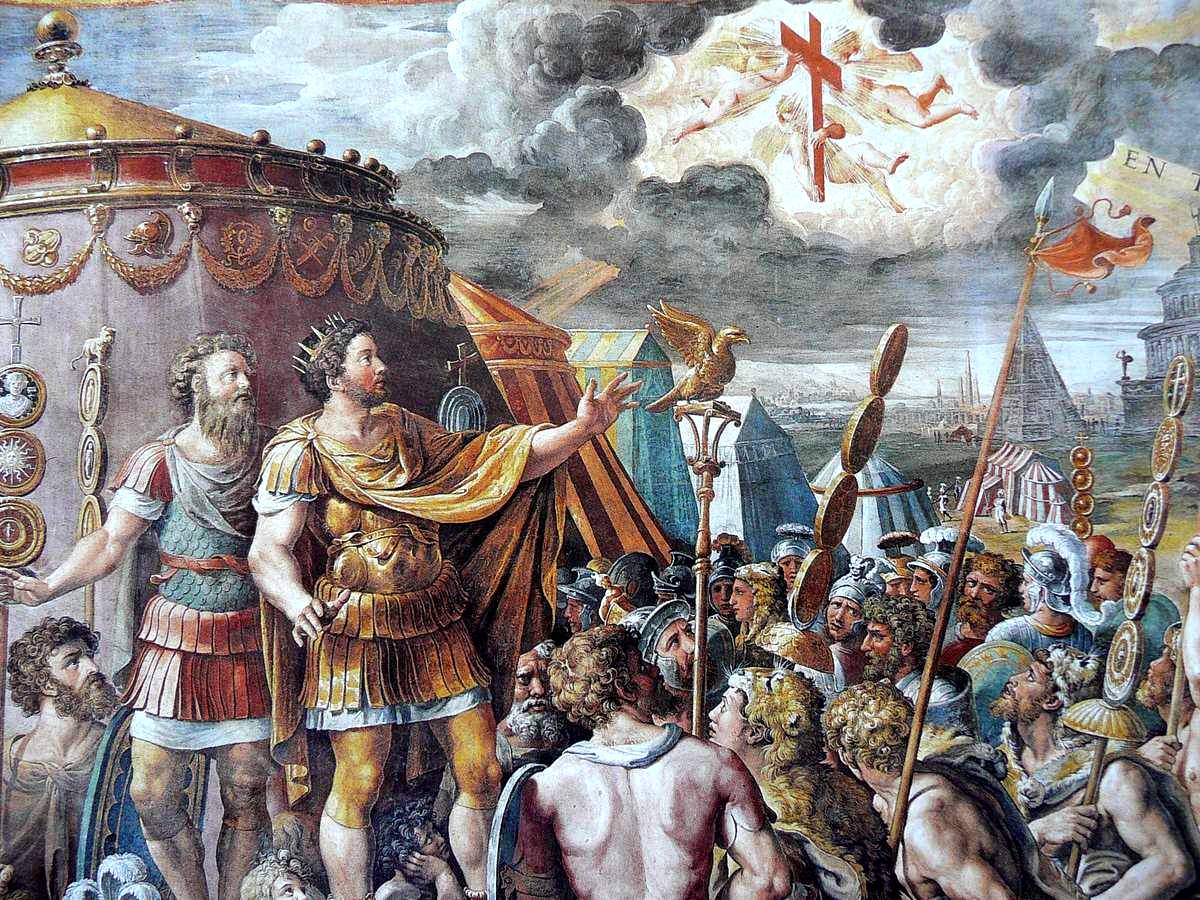
The history of cross-stitch embroidery, faith in its strength is laconicSupplemented by a legend about the emperor Constantine, who traveled to his opposite and at the same time co-ruler Maximilian - to Rome. Reflecting on his future destiny, he suddenly saw in the sky above himself an image of a cross, and an inscription traced by an invisible force: "This one will win." The meaning of this vision, the emperor immediately interpreted as a message of higher forces, and made the seen symbol his personal emblem, hoisting it into the place of the eagle, which until then had flaunted on its standards. And defeating the insidious enemy at the bridge of Milvian, Constantine finally became convinced of the power of the Christian god, and, having forbidden all persecutions against the disciples of Christ, ordered the use of invincible symbolism in all ceremonial celebrations, including dressing. Rice churchmen were allowed to embroider only with a cross. So embroidery became the responsibility of those who called themselves Christ's Brides and Servants of God - the inhabitants of monasteries.
Church embroidery
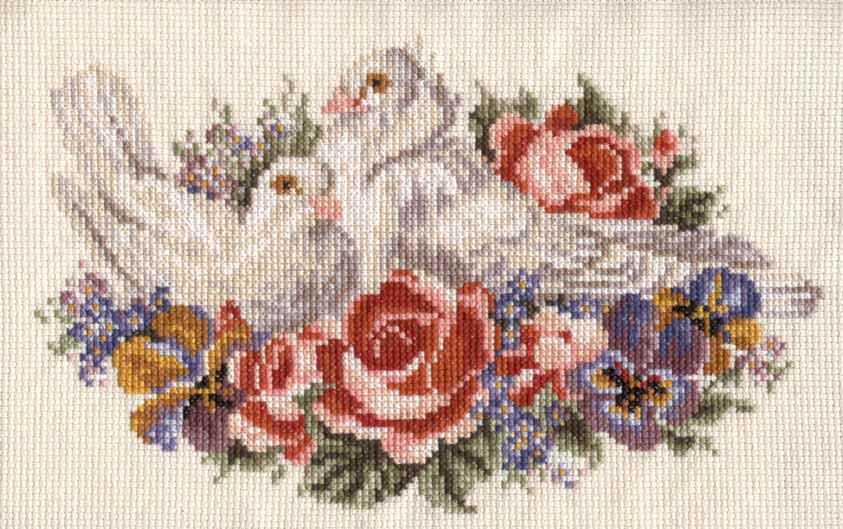
Embroidery with the image of a pigeon, is treated asForgiveness of the Lord our sins. With the light hand of Emperor Constantine, embroidery began to decorate not only the clothes of clergy, but also the decoration of the pulpit, altar. In the temple of God appeared special symbols, meaning purity and love, revival and resurrection. So, for example, the symbol of the infinite righteous life became for the true believers a flower that grew out of the tears of Eve, when she left the paradise-narcissus or the Easter lily. The meaning of embroidery with the image of a dove is treated as the Lord's forgiveness of our sins. Butterfly is the resurrection of a lost soul.
Over time, skilled craftswomen began to embroiderImage - this is how the word "icon" is translated from Greek. Most likely, the impetus for the emergence of this art of needlework was the need for the mobility of the soldiers of Christ, each of whom must necessarily take the military campaign to the icon. Only wooden images made it difficult and aggravated movements, and their precise embroidered copy was practically weightless.
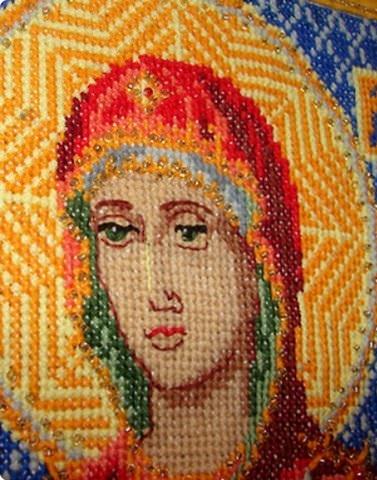
Church embroidery, with the preservation of all strictCanons and well-built traditions, was a blessed, but not an easy job. The novices and nuns (and before the icons were allowed to embroider only when monasteries), sprinkled with holy water, used only facial sewing. In doing so, each time, piercing the canvas with a needle, they always whispered: "Lord!", And returning it from the wrong side: "Have mercy!". In addition, all embroidery was accompanied by reading the book of the Old Testament and the lives of saints. Only under such conditions did the value of the embroidery acquire exactly the kindness that the icon should give for true believers and prayers.
Then a facile sewing was added with the smallest beads, which were embroidered with the vestments of the saints and the icon's salary.
Before the appearance of "secular" indulgences, embroideryWas the work of the elect. Today, in principle, anyone who masterfully owns a needle can embroider icons, and it is not necessary to do this solely by facial sewing, nor can a canonical but such symbolic cross with the power of magical protection be permitted. But it is better to do it after certain rituals: communion, blessing of the priest, reading the prayer. Then the value of embroidery will carry the same protective and benevolent character for all who turn to her eyes.
Saint Barbara - patroness of embroiderers

Holy Great Martyr Varvara - patronessEmbroiderers As with the ancient Slavs Mokosh was a female deity, so Orthodox Christians have a patroness who opens the doors of fate to the craftsmen of needle and thread - St. Barbara. Her name day is celebrated on December 17. This day is the day of the embroiderer. There is a legend that the holy martyr, becoming Christ's Bride, was so adept that it was she who was entrusted to embroider Jesus' garments. On her day, it was impossible to wash, sew, or manage the household. But on the day of the embroiderer you can and should have programmed your destiny, urging the saint to help - embroider. Especially it was necessary for the girls who wanted to get married successfully. It was believed that if on that day to embark on embroidering a wedding (wedding towel) or shirts as a present for the suzhenoyu, the marriage will not only be swift, but also desirable, prosperous. (Incidentally, the history of the appearance of this sign has deep pagan roots, the shoots of which harmoniously blended with Orthodoxy.)
Varvara revered especially those who doCorrect wedding towels, and not just "draws" on them patterns. Canonical execution: accurate embroidery on a solid (not sewn!) Three-five-meter canvas, where first of all embroidered "plus" - the right male end. The last "minus" is the female left side. And you need to embroider one needle, without changing it from the beginning to the end of the work, with silk or woolen threads. Otherwise, the value of the embroidery is lost, as is its strength.
Poems about embroidery

For centuries the people keep their good traditions,Multiplying their history. And that people love, honor, appreciate, admire and admire, they usually write poetry and songs. This is the highlight of our people: beautifully beautiful. Verses about embroidery are patriotic-lyrical:
I'm holding an ancient embroidered towel.
He clung to me trustfully.
On it is a soul woven into flowers,
The soul of the people is images from eternity.
And there are very personal, grateful,Narrative. And in every poem about embroidery, the recognition in love of magic art sounds, that from the day of its appearance, the date of which was lost in the depths of centuries, pleases with the bright pattern of life today. Here, for example, such poems about embroidery:
Already the cuckoo's great-grandchildren are forging,
And hop with kalina, as if born again.
They live on my embroidery,
How to look - so born again.
Hops, viburnum - ancient attributes of protection of Slavic culture. Without losing their beauty and significance, they perfectly coexist in the color of modern life.
And the cross has a place in the poems about embroidery:
I caress the wondrous of the songs:
So the cross is embroidered -
Generously frizzy.
A gray evening is getting gray behind the window,
My mother's shirt smiles.
Verses about embroidery are very popular and on forumsEmbroiderers. Modern masters, composing them, not only glorify the ancient magic magic, they continue to write the history of embroidery. Each his own - special. But from that no less beautiful.
Video: history of cross and gold embroidery
